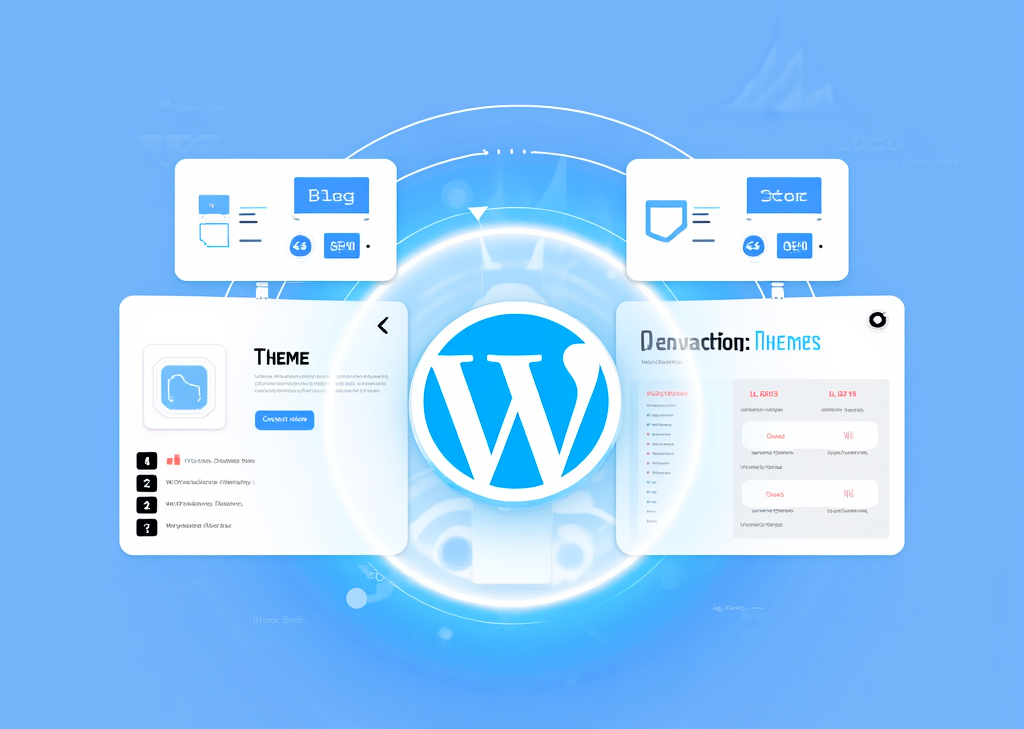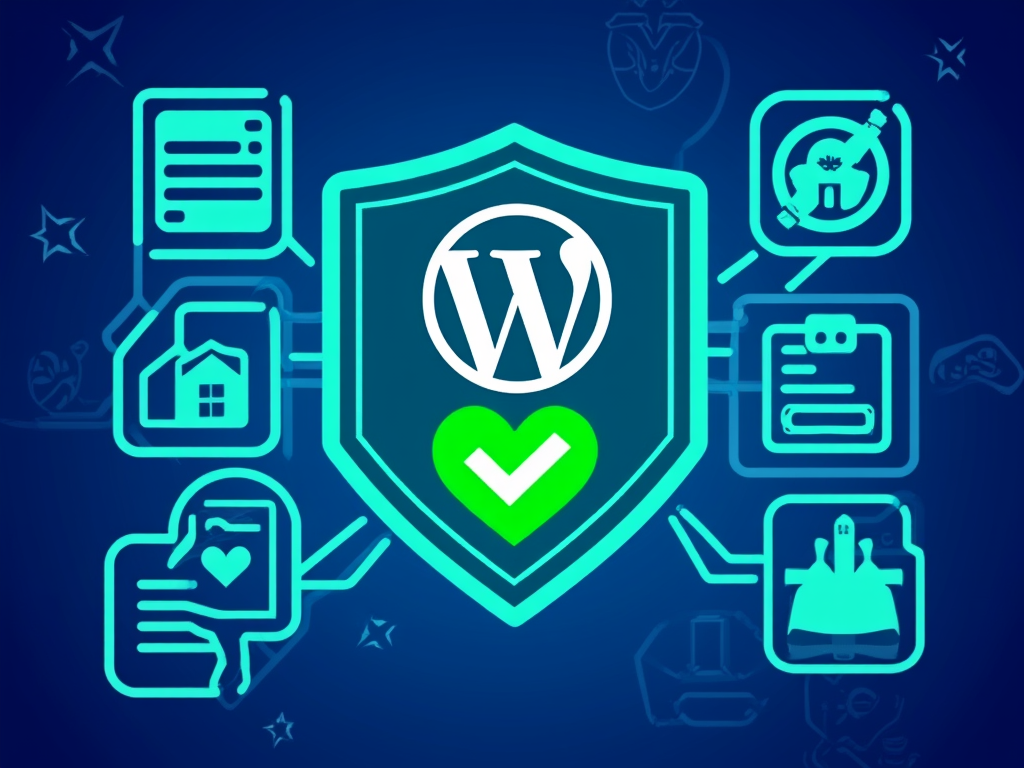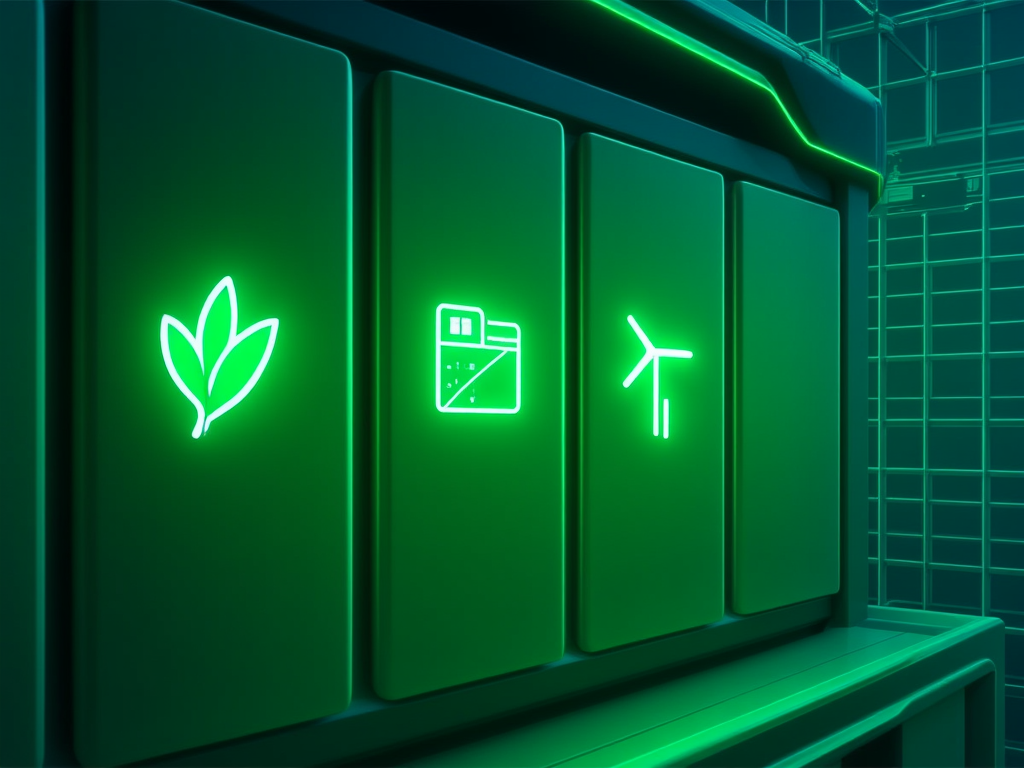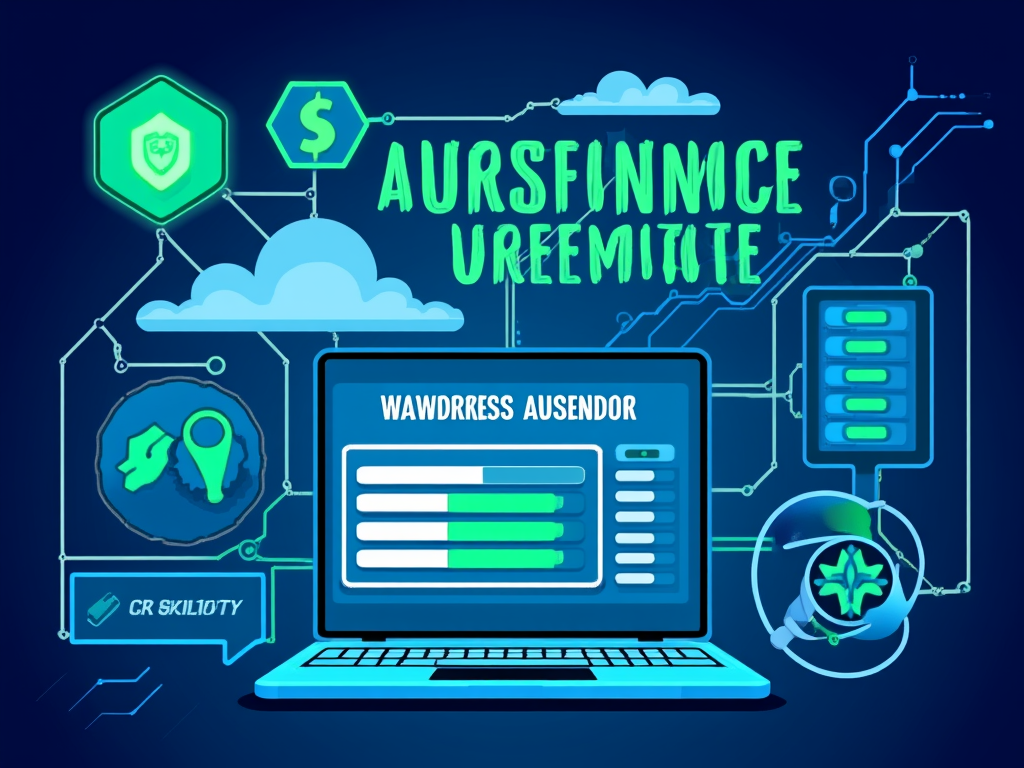What Is a WordPress Theme? Explained
შესავალი
ა WordPress theme is the lifeblood of any WordPress site, defining its aesthetic and functional essence. Imagine walking into a cozy café where the walls are adorned with eclectic art, warm lighting casts a golden glow, and the scent of freshly brewed coffee welcomes you at the door. That café doesn't serve just any coffee; it curates an experience. Similarly, a WordPress theme isn’t just a template; it’s the gateway to an immersive online experience, encapsulating the look and feel of your website and reflecting your brand’s identity.
მთავარი სექცია
What Exactly Is a WordPress Theme?
მისი არსი, ა WordPress theme is a carefully constructed collection of files, including templates, stylesheets, images, and code. Together, these files dictate how your site appears, from color schemes to layout and responsiveness. Picture a jigsaw puzzle: the theme assembles each piece in a way that presents a cohesive image, while the content remains separate and intact[1].
Key components of a theme include:
- Template Files: PHP-driven files that shape the structure of your site. Think of these as the skeleton, providing the form that the design will take.
- Stylesheets (style.css): The paint and décor of your website, defining colors, fonts, and overall aesthetics.
- Functions.php: A hidden orchestra conductor that introduces custom functions to modify how your theme behaves, allowing for unique performances.
- Images and JavaScript Files: The embellishments that bring your site to life, adding flair and interactivity.
Themes control "how" your content looks but do not change the content itself. This means your articles, images, and other media remain untouched, seamlessly wrapped within the umbrella of your chosen design[1][6][12].
Difference Between Theme and Template
Have you ever heard someone refer to a template and a theme interchangeably? While they share a connection, they’re not the same. A template is a single component, controlling the layout for one specific page or section, while a theme is the overarching canvas that dictates the entire site’s look and feel through a palette of integrated templates and styles[1][4].
Examples of Themes in Action
Let’s visualize this on a canvas:
- Picture a blogging theme that showcases elegant lists of posts accompanied by sidebars filled with engaging widgets, inviting readers to explore more.
- Now, envision an e-commerce theme, bustling with developing product galleries, shopping cart integrations, and vibrant promotional banners enticing users to make that purchase.
This specialization aids users in selecting themes that perfectly align with their website’s aims, whether it’s a photography portfolio, a corporate business site, or a news outlet[4].
How Themes Work and How to Choose One
How a WordPress Theme Works
Imagine a vast library filled with stories, but instead of archaic books, it runs on bits and bytes. WordPress themes play a crucial role, weaving their magic by pulling data from the WordPress database and displaying it according to the theme’s blueprint. They define the typography, colors, menus, and other visual elements, allowing visitors an engaging experience as they navigate your site[1][7].
The magic lies in a template hierarchy, a system that determines which template file governs each page or post type. This intricate dance provides flexibility and control, ensuring your website presents itself just as you envision it.
Types of WordPress Themes
The world of WordPress themes is diverse, featuring various types tailored to meet specific needs:
- Classic Themes: Traditional themes built with familiar PHP template files and CSS, providing a classic design format.
- Block Themes: Emerging styles harnessing the power of Gutenberg blocks, offering visually driven editing through WordPress’s Site Editor for endless creativity.
- Hybrid Themes: A blend that capitalizes on the strengths of both classic and block themes, ensuring versatility and functionality[7].
How to Choose the Right Theme
Choosing a theme is like choosing a new outfit for a special occasion; it must match not just your style, but the mood you wish to express. Throwing a quick glance won’t suffice; you need to consider various factors:
- Purpose of Your Website: Does it cater to a blog, an online store, or a portfolio? Each has unique needs.
- Design and Layout: Will you opt for a sleek one-page layout or a bustling magazine grid?
- Responsiveness: Choose a theme that’s optimized for mobile, ensuring visitors have a seamless experience on all devices.
- Customization Options: Look for the ability to tweak colors, fonts, and layouts without diving into code.
- Speed and SEO: A well-coded theme translates to faster load times and improved search rankings, keeping visitors happy.
- Support and Updates: Choose themes designed by reputable developers committed to ongoing updates and support.
- Free vs Premium: Free themes can work wonders for basic sites; premium themes usually come with enhanced features and support.
Installing and Using WordPress Themes
The installation of a WordPress theme can occur through various virtual doorways:
- From the WordPress Theme Directory: Browse directly from your dashboard via Appearance > Themes > Add New, where you can discover, preview, and install free themes.
- Uploading a Theme ZIP File: Download your chosen theme from a premium vendor, then upload it back to WordPress through Appearance > Themes > Add New > Upload Theme.
- Manual Installation via FTP: For those who enjoy a hands-on approach, upload the unzipped theme folder directly to the wp-content/themes/ directory on your server via FTP and activate it in the dashboard.
Once you’ve installed the theme, activating it is the final step to let your design shine. Before flipping the switch, you can preview your chosen theme to catch a glimpse of its environment.
Customizing Themes
Just like a blank canvas waiting for a splash of color, most themes allow extensive customization. Dive into the WordPress Customizer located at Appearance > Customize. Here’s what you can tweak:
- Switch up colors and fonts
- Adjust layout elements and site identity (logo and title)
- Add engaging widgets and menus
- Modify header and footer settings
Block themes take customization a step further, enabling rich visual editing through the Site Editor, which is like a playground for creativity[3][7][14].
In this journey through the landscape of WordPress themes, we discover not just tools but the vibrant architecture behind every successful site. As we explore deeper, we’ll uncover key insights that will empower you to wield these themes with confidence and skill.
FINDDOMAIN.GE (შპს ინტერნეტ სერვისები) ძალიან საინტერესო და სწრაფად განვითარებადი IT კომპანიაა. ძირითადი მიმართულებებია: ვებ-განვითარება, დომენები და ვებ-ჰოსტინგი. ის ასევე სთავაზობს კლიენტებს ძირითად სერვისებთან დაკავშირებულ ქვე-მომსახურებას და აუთსორსინგს.
საუკეთესო შეთავაზებები:
გსურთ შექმნათ თქვენი საკუთარი კომპანიის ვებსაიტი ან შექმნათ თქვენი საკუთარი ონლაინ ბიზნესი ინტერნეტში?
– ვებ ჰოსტინგი
– დომენის რეგისტრაცია
– ვებ-განვითარება
– საიტის შემქმნელი



Customizing Your WordPress Theme to Perfection
Advanced Customization Options
Entering the realm of theme customization, you will find functionalities that strike a balance between stylish design and practical utility. Not only can you change colors, layouts, and fonts, but you can also dive deeper with features like:
- Theme Settings Panels: Many premium themes come with their own settings panel, providing a user-friendly interface to customize numerous aspects from a single location.
- Page Builders: Tools like Elementor, WPBakery, or Beaver Builder offer drag-and-drop interfaces that let you design pages visually, promoting creativity without a single line of code.
- Custom Widgets: These let you add specialized content areas to your theme. Want to showcase recent posts, popular products, or a calendar? There’s a widget for that.
Navigating these advanced options, you become the architect of your website's look and feel, sculpting an online space that resonates with your audience.
Exploring Theme Compatibility and Updates
As technology evolves, so does WordPress. With each new version, compatibility challenges may arise between themes and WordPress itself. This raises questions about updates:
- Keep Your Theme Updated: Regularly update your theme to leverage improvements and security patches. Always back up your site before applying updates to avoid unexpected fallback issues.
- Check Compatibility with Plugins: Some themes integrate better with certain plugins than others. Always ensure compatibility, especially if you rely on specific functionalities.
When searching for themes or developing your own, be keenly aware of community feedback. Browsing through forums and checking the reviews can provide insights into issues or benefits you might not immediately recognize.
Leveraging Child Themes
Child themes are a game-changer for advanced users. These allow you to make customizations without altering the original theme's code, safeguarding your modifications during updates. Picture this as having a frame to showcase your favorite artwork while preserving the canvas underneath. When you make changes in the child theme, the parent theme remains intact, thus maintaining the flexibility to update without losing your personal touch.
To create a child theme, simply:
- Create a new folder in your themes directory, typically named as your parent theme followed by
-child. - შექმენით
style.cssfile and include the necessary header information to link it to the parent theme. - Add custom CSS and, if necessary, a
functions.phpfile to enqueue styles or scripts.
This layer of protection grants peace of mind while pursuing creativity.
Finding the Right Resources
With an expansive array of themes available, where do you begin your journey? Here’s a rundown of reliable sources for both free and premium WordPress themes:
- WordPress თემების დირექტორია: A treasure trove of free themes, perfect for those starting their WordPress adventure.
- ThemeForest: A popular marketplace offering thousands of premium themes with extensive customization options.
- Elegant Themes: Known for their versatile themes like Divi, which boasts a powerful visual builder.
- Themify: Offers a range of themes and plugins that are user-friendly and beautifully designed.
Evaluating themes can be daunting, so delve into user reviews and ratings to guide your selection.
Best Practices for Maintaining Your WordPress Theme
Once you've chosen and customized your theme, maintaining it effectively is crucial to ensure longevity and performance. Here are some best practices to adopt:
- რეგულარული სარეზერვო ასლები: Keep frequent backups of your website using tools like UpdraftPlus or BackupBuddy to safeguard your data against loss.
- Monitor Performance: Use tools like Google PageSpeed Insights or GTmetrix to evaluate website performance and optimize load times.
- Test on Devices: Ensure your site looks great on various devices—desktops, tablets, and smartphones. Responsive design should be your mantra.
- Review Analytics: Utilize Google Analytics or other tracking software to gain insights into user behavior and traffic sources, allowing you to refine user experience.
Taking these steps will help you keep your WordPress site fresh, functional, and up to date.
Future Trends in WordPress Themes
The world of WordPress themes is ever-evolving. As we peer into the future, themes will increasingly focus on:
- Integration with Page Builders: Enhanced compatibility with popular page-building tools will offer even more design flexibility.
- Increased Use of AI: Expect themes that leverage AI for auto-personalization based on user behavior and preferences.
- Focus on Performance Optimization: With user experience at the forefront, lightweight designs that prioritize speed will dominate the market.
- Accessibility Features: A growing emphasis on making websites usable for everyone will guide the creation of more inclusive themes.
Staying informed about these trends will ensure that you remain ahead of the curve and adapt your WordPress presence accordingly.
დასკვნა
Embracing a WordPress theme isn’t merely about aesthetics; it encapsulates your online presence and directly impacts user experience. From understanding the mechanics of a theme to customizing it to reflect your unique voice, every choice you make shapes your website's identity. The careful consideration of how themes function, how to choose and customize them, and the importance of maintaining them properly will lead you to create a strong, user-friendly site that leaves a lasting impression.
As you embark on this journey, remember that the beauty of WordPress lies in its adaptability. Equip yourself with knowledge, unleash your creativity, and watch your online vision come to life.
ვიდეო რესურსები
For a more visual learning experience, check out these videos:
- How to Install a WordPress Theme – A step-by-step guide on installation.
- Customizing Your WordPress Theme – Comprehensive customization techniques for personalization.
By following this guide, you’ll not only gain insights but also spark inspiration to take your WordPress journey to the next level.
- WordPress თემების დირექტორია
- ThemeForest
- Elegant Themes
- Themify
- How to Install a WordPress Theme
- Customizing Your WordPress Theme
საუკეთესო შეთავაზებები:
გსურთ შექმნათ თქვენი საკუთარი კომპანიის ვებსაიტი ან შექმნათ თქვენი საკუთარი ონლაინ ბიზნესი ინტერნეტში?
– ვებ ჰოსტინგი
– დომენის რეგისტრაცია
– ვებ-განვითარება
– საიტის შემქმნელი








